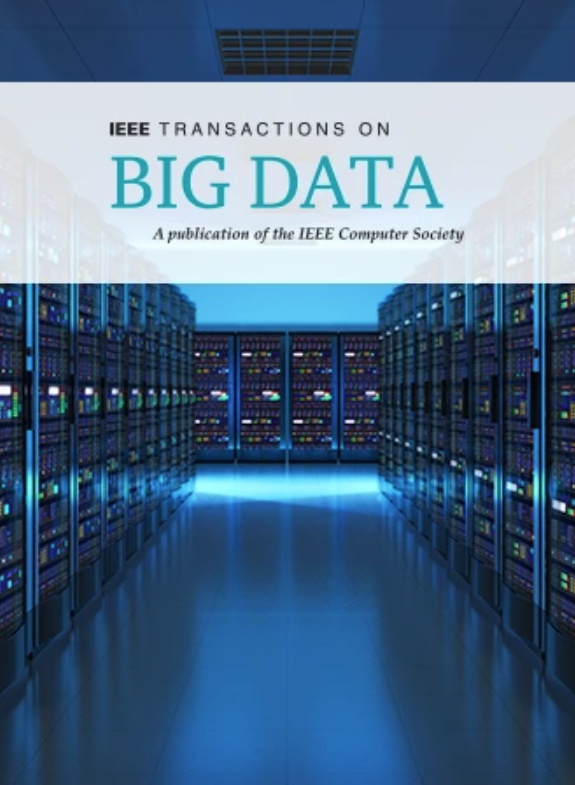Denoising Implicit Feedback for Graph Collaborative Filtering via Causal Intervention
IF 5.7
3区 计算机科学
Q1 COMPUTER SCIENCE, INFORMATION SYSTEMS
引用次数: 0
Abstract
The performance of graph collaborative filtering (GCF) models could be affected by noisy user-item interactions. Existing studies on data denoising either ignore the nature of noise in implicit feedback or seldom consider the long-tail distribution of historical interaction data. For the first challenge, we analyze the role of noise from a causal perspective: noise is an unobservable confounder. Therefore, we use the instrumental variable for causal intervention without requiring confounder observation. For the second challenge, we consider degree distribution of nodes in the course of causal intervention. And then we propose a model named causal graph collaborative filtering (CausalGCF) to denoise implicit feedback for GCF. Specifically, we design a degree augmentation strategy as the instrumental variable. First, we divide nodes into head and tail nodes according to their degree. Then, we purify the interactions of the head nodes and enrich those of the tail nodes based on similarity. We perform degree augmentation strategy from the user and item sides to obtain two different graph structures, which are trained together with self-supervised learning. Empirical studies on four real and four synthetic datasets demonstrate the effectiveness of CausalGCF, which is more robust against noisy interactions in implicit feedback than the baselines.基于因果干预的图协同滤波隐式反馈去噪
图协同过滤(GCF)模型的性能会受到用户-项目交互噪声的影响。现有的数据去噪研究要么忽略了隐式反馈的噪声性质,要么很少考虑历史交互数据的长尾分布。对于第一个挑战,我们从因果角度分析噪声的作用:噪声是一个不可观察的混杂因素。因此,我们使用工具变量进行因果干预,而不需要混杂观察。对于第二个挑战,我们考虑了因果干预过程中节点的度分布。在此基础上,提出了一种基于因果图协同滤波(CausalGCF)的模型来对隐式反馈进行去噪。具体而言,我们设计了一个程度增强策略作为工具变量。首先,根据节点的度将节点分为头节点和尾节点。然后,基于相似性对头节点的交互进行净化,对尾节点的交互进行丰富。我们从用户侧和项目侧执行度增强策略,得到两种不同的图结构,并结合自监督学习进行训练。对4个真实数据集和4个合成数据集的实证研究证明了CausalGCF的有效性,它对隐式反馈中的噪声交互比基线更具鲁棒性。
本文章由计算机程序翻译,如有差异,请以英文原文为准。
求助全文
约1分钟内获得全文
求助全文
来源期刊

IEEE Transactions on Big Data
Multiple-
CiteScore
11.80
自引率
2.80%
发文量
114
期刊介绍:
The IEEE Transactions on Big Data publishes peer-reviewed articles focusing on big data. These articles present innovative research ideas and application results across disciplines, including novel theories, algorithms, and applications. Research areas cover a wide range, such as big data analytics, visualization, curation, management, semantics, infrastructure, standards, performance analysis, intelligence extraction, scientific discovery, security, privacy, and legal issues specific to big data. The journal also prioritizes applications of big data in fields generating massive datasets.
 求助内容:
求助内容: 应助结果提醒方式:
应助结果提醒方式:


